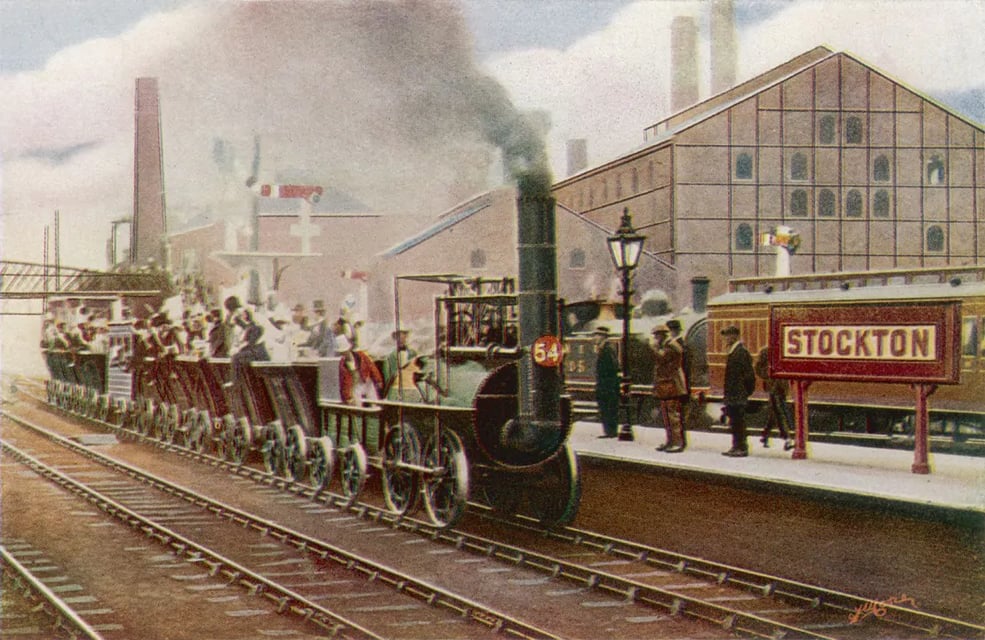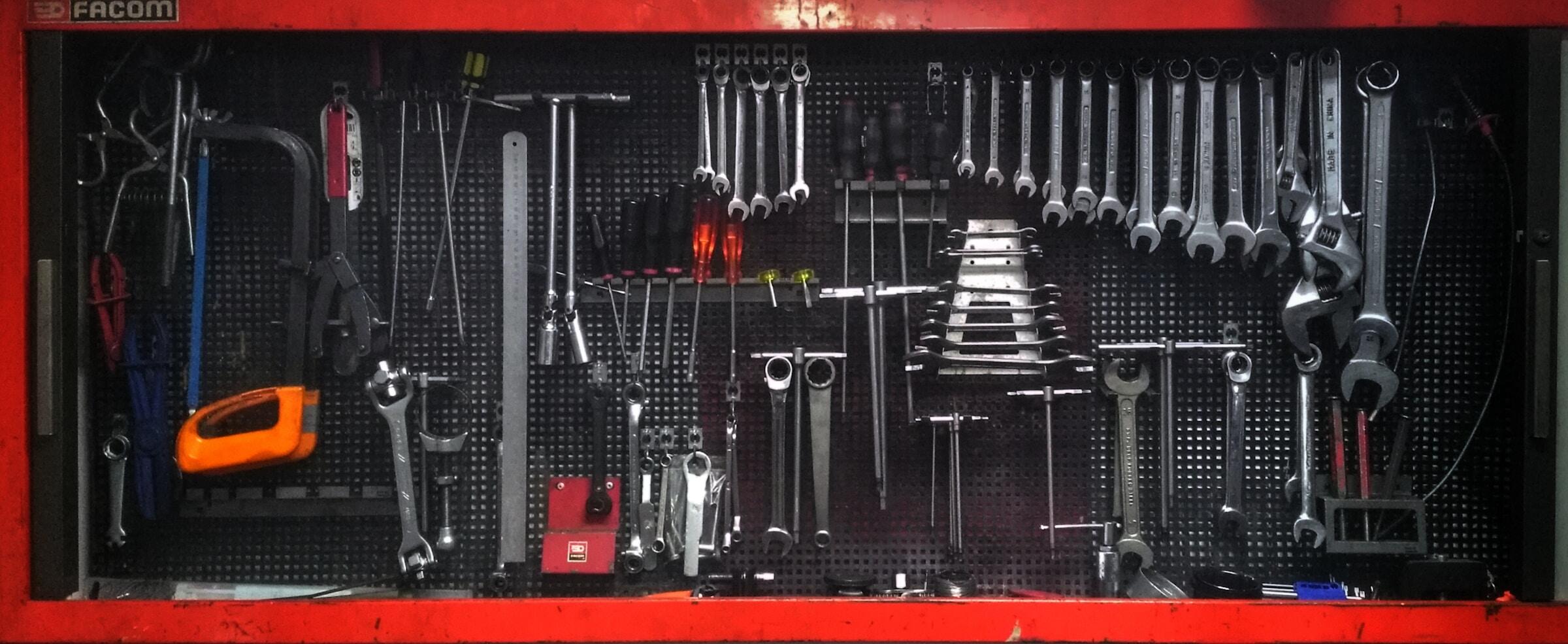This article was originally written some 6 years ago but never published at the time. The original intent of the article was to help businesses, particularly small and medium sized businesses, better understand the opportunities for business innovation through the use of high speed fibre broadband, at a time when too many were overly focused on its availability rather than drawing up plans for its exploitation.
Fast forward 6 years, and as well as reflecting on some of the predictions made in the original article which have now come true, we’ve all suddenly been reminded of something that perhaps we had taken for granted; with many more of us reliant on home working, home schooling and home playing, and where the daily commute is now from the bedroom to the study, the importance of high speed fibre broadband services has been cast into sharp focus once again…
In 1825, the Stockton and Darlington railway – the world’s first railway to use steam locomotives – was officially opened and duly changed the course of history. The line, which carried coal from the collieries at Shildon, was rapidly extended to the port town of Middlesbrough and beyond. Local colliery owners, never slow to identify a business opportunity, were able to cut the cost of transportation by a third compared to moving coal by horse.
The widespread adoption of rail infrastructure enabled the transportation by steam locomotive of coal and other resources – coal being the fuel that fired the second industrial revolution, and which saw, between 1870 & 1890, the greatest increase in UK economic growth in history.
Fast forward to today: fibre-optic cable is the infrastructure transporting information “at the speed of light”, fuelling a revolution which transcends the domain of business and impacts every facet of how we work, live, play and learn. Business transactions, thoughts, relationships, ideas can literally move “at the speed of light”. Back in 1825, that original 9-mile journey took 2 hours; today information transported over superfast fibre optic broadband can leave Stockton and arrive in Darlington 1,000th of a second later. In the time taken to transport coal from Shildon Colliery to Stockton terminus, information can be transported between Durham and Singapore over 30,000 times. Today, in that same 2-hour period, approximately 25 billion emails are sent, 456 million Google searches are conducted, 3.5 billion WhatsApp messages are sent, and 36 thousand hours of video are uploaded to YouTube.
Paradigm Shift
As the availability of high-speed fibre broadband infrastructure becomes as ubiquitous in the 21st century as the railway infrastructure of the 19th century, businesses – in particular small and medium sized businesses – need to urgently focus on the benefits realisation opportunities this technology transformation presents; nothing less than a paradigm shift in thinking is required.
Where to start? Business leaders need to ask themselves the three simple, but fundamental, questions that underpin the dynamics of any for-profit organisation, namely, how can the adoption of high speed fibre broadband reduce my business’s operating costs, increase revenues, and/or improve our ability to innovate?
Secondary questions related to these key points include understanding the opportunities to broaden and deepen the business’s target market, optimise the supply chain, identify opportunities for collaborative research & design, win new customers and deliver products and services in new and innovative ways.
Ultimately, it’s the impact on the bottom line that will determine the answer to these questions – what are the cashable benefits businesses can realise by grasping the business change and transformation opportunities available?
Return on Investment
In this respect, the Evaluation of the Economic Impact and Public Value of the Superfast Broadband Programme Report (August 2018) commissioned by the Department of Culture Media & Sport is a useful indicator of the potential business benefit opportunities. The report estimated that the Superfast programme led to a net increase in national economic output (GVA) of £690m by June 2016.
This figure, however, is potentially understated in two key respects:
Firstly, the report focused on the GVA impacts directly attributable to public investment in fast broadband, however approximately 76% of homes and businesses currently have access to fast fibre broadband infrastructure, mainly as a result of private, commercial investment, with over 20m homes and businesses subscribing to fibre services.
Secondly, the economic impacts measured in the report focus mainly on incremental improvements in business productivity; the opportunities for businesses to increase revenues and improve profitability were not fully factored into the calculations. Whilst this is understandable, this understates the totality of business benefits to the same extent that stating the only benefit attributable to the availability of rail infrastructure was a 33% reduction in the cost of coal transportation, whilst ignoring the fundamental transformation in business models the industrial revolution heralded.



